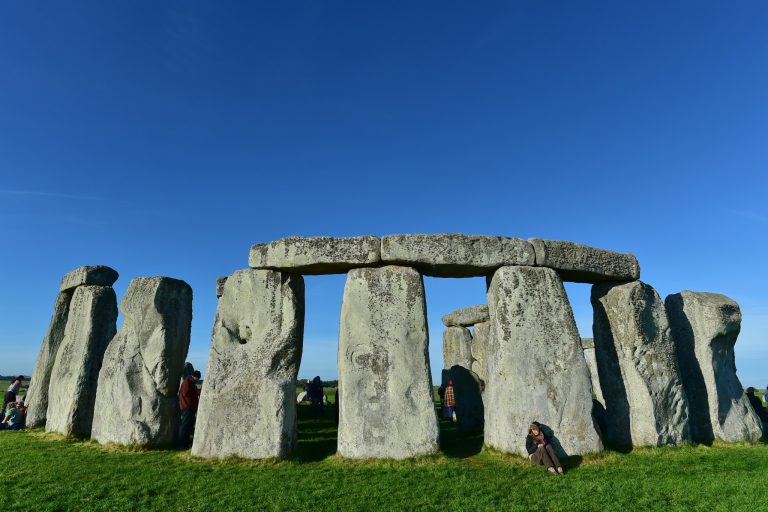
A team of archaeologists from UK universities have discovered some of the stones that form world heritage site Stonehenge might first have been erected somewhere in Wales.
The study has uncovered evidence of quarrying for the site’s ancient Bluestones in Pembrokeshire, 500 years prior to their erection in Wiltshire.
The mystery of Stonehenge is now one step closer to being solved https://t.co/WGO5puZrCl pic.twitter.com/xueWaROaWt
— Condé Nast Traveler (@CNTraveler) December 9, 2015
Project Director, Professor Mike Parker Pearson of the UCL Institute of Archaeology, said: “We have dates of around 3,400BC for Craig Rhos-y-felin and 3,200BC for Carn Goedog, which is intriguing because the Bluestones didn’t get put up in Stonehenge until around 2,900BC.”
Since the 1920s, geologists have understood that the Bluestones were drawn from somewhere in the Preseli Hills before being brought to their current location, but the decision for geologists and archaeologists to collaborate and explore the Welsh quarries has only recently occurred.
#Stonehenge ‘bluestone’ quarries confirmed in Wales: https://t.co/UE9O1edmBd pic.twitter.com/TrlamzMYZZ
— Uni of Southampton (@unisouthampton) December 8, 2015
“It could have taken those Neolithic stone-draggers nearly 500 years to get them to Stonehenge, but that’s pretty improbable in my view,” said Pearson. “It’s more likely that the stones were first used in a local monument, somewhere near the quarries, that was then dismantled and dragged off to Wiltshire.”
In order to form the historic monument’s inner-horseshoe, our prehistoric ancestors would have had to make the 140-mile-long journey with the Bluestones from Pembrokeshire to the Salisbury Plain – where they remain to this day.
The discovery was made through the cooperation of scientists from the University College London, the University of Manchester, Bournemouth University, the University of Southampton, Amgueddfa Cymru – National Museum Wales and the Dyfed Archaeological Trust.
Stonehenge is a “second-hand monument” We’re not going to play it tonight, then. https://t.co/yHEMx2wzD7
— Harry Shearer (@theharryshearer) December 7, 2015
If any ruins remain from when the monument was first dismantled, Professor Kate Welham from the Bournemouth University believes they would lie somewhere in between the two megalith quarries.
“We’ve been conducting geophysical surveys, trial excavations and aerial photographic analysis throughout the area and we think we have the most likely spot,” she said. “The results are very promising – we may find something big in 2016.”
Image via Shutterstock.
Liked this? Then you’ll love these…
University of Maine Unveils Indoor Ocean that Simulates 100ft Waves
Researchers Find 170 million year old “Dinosaur disco preserved in stone”







